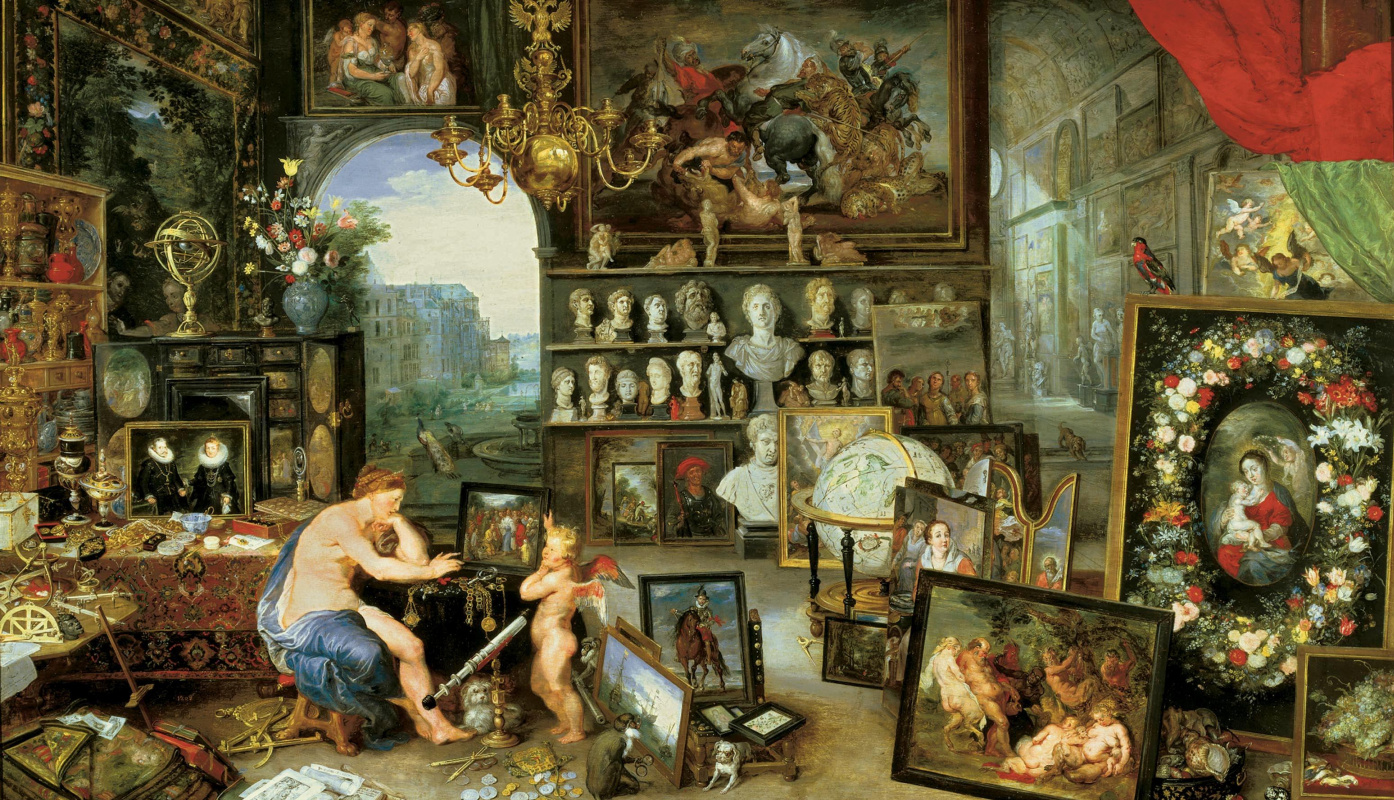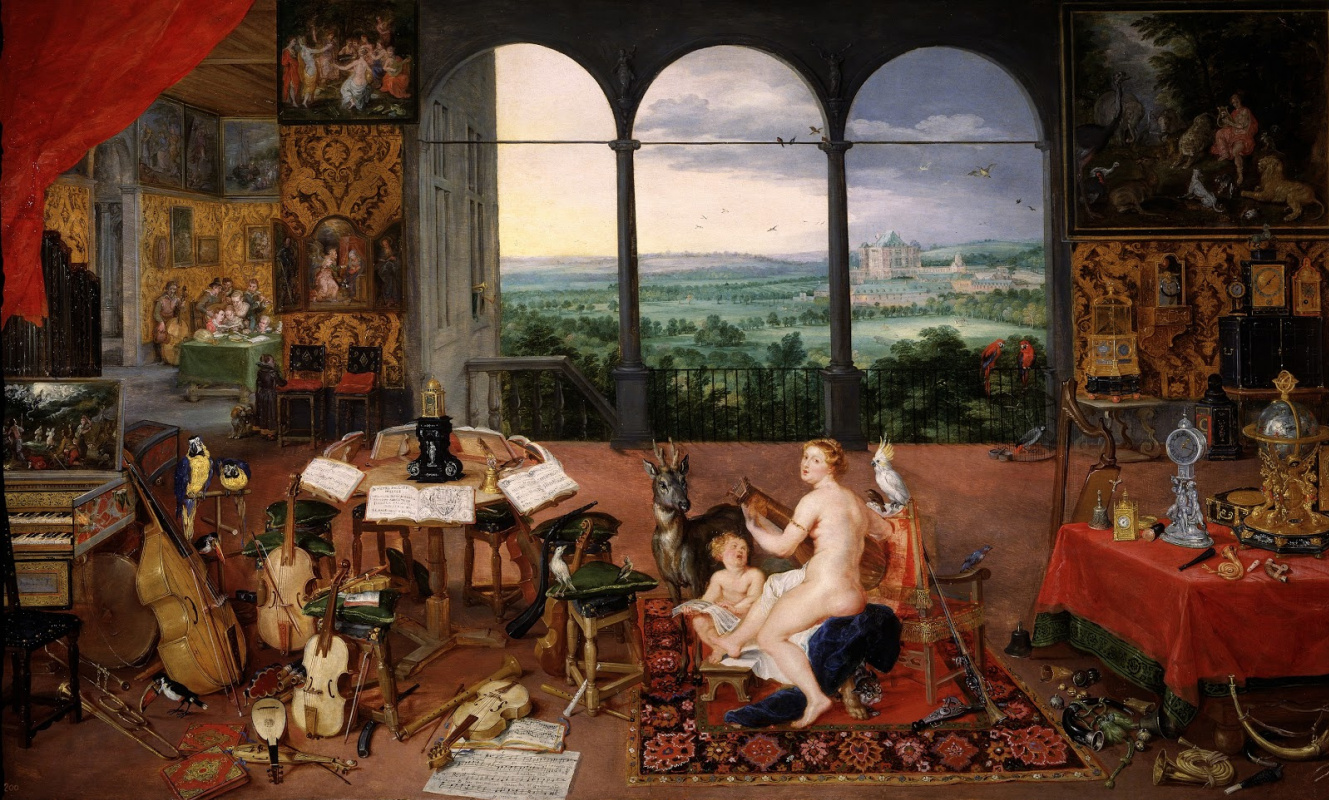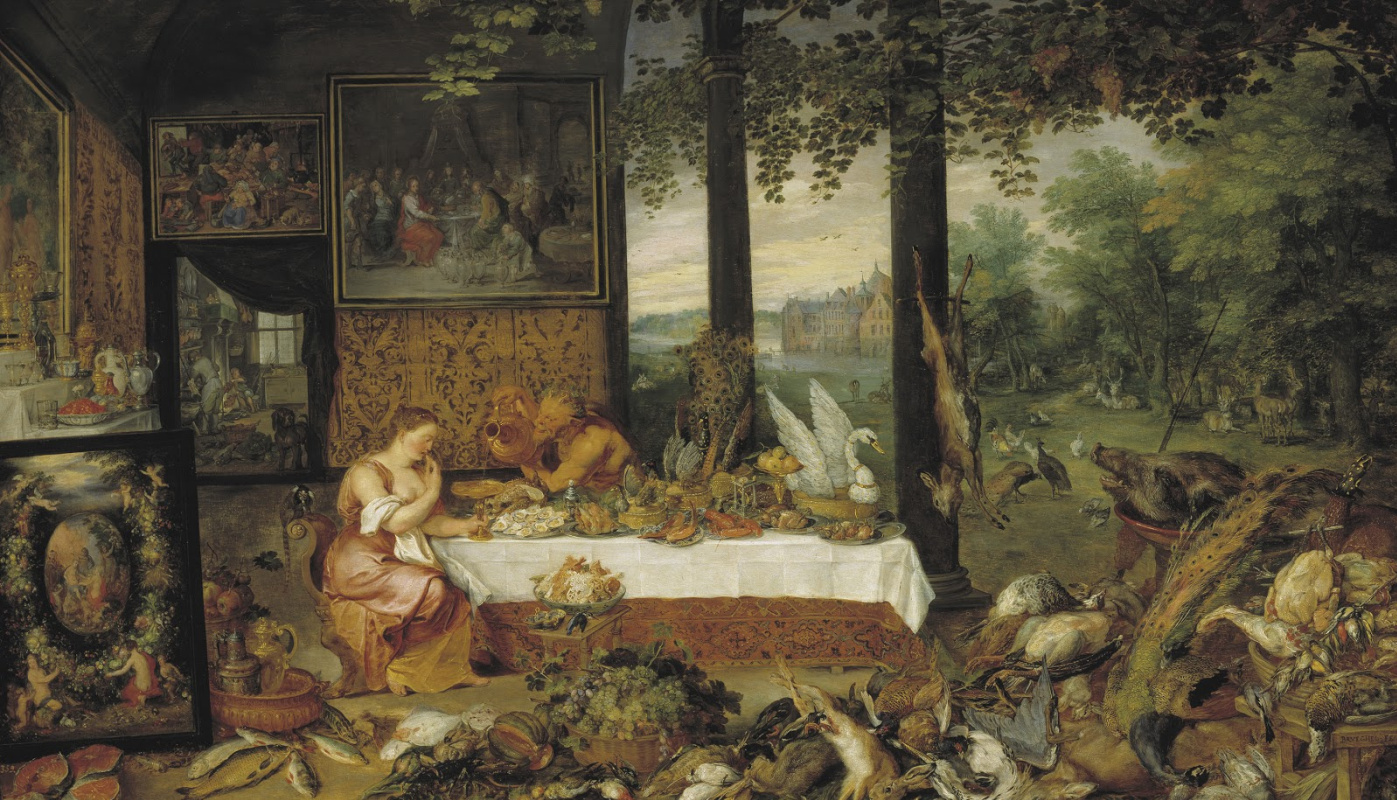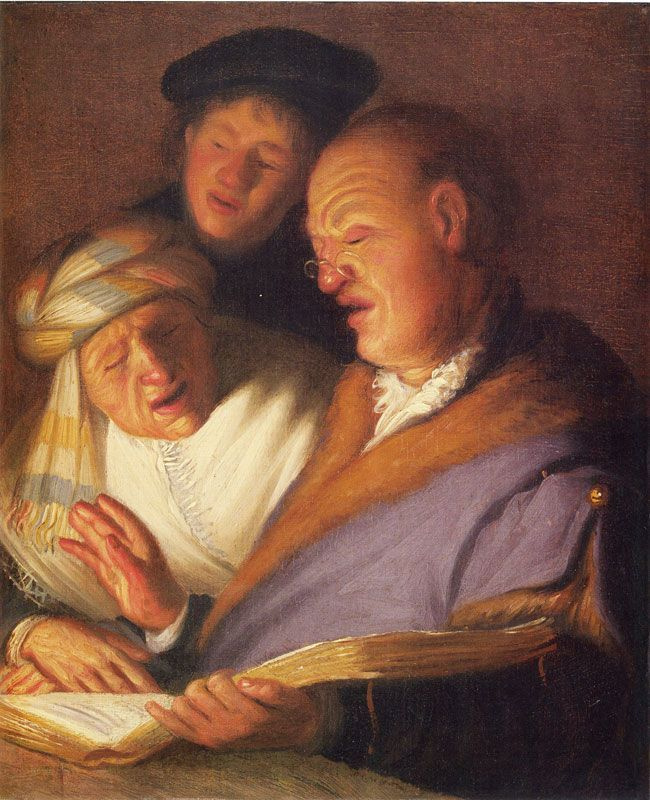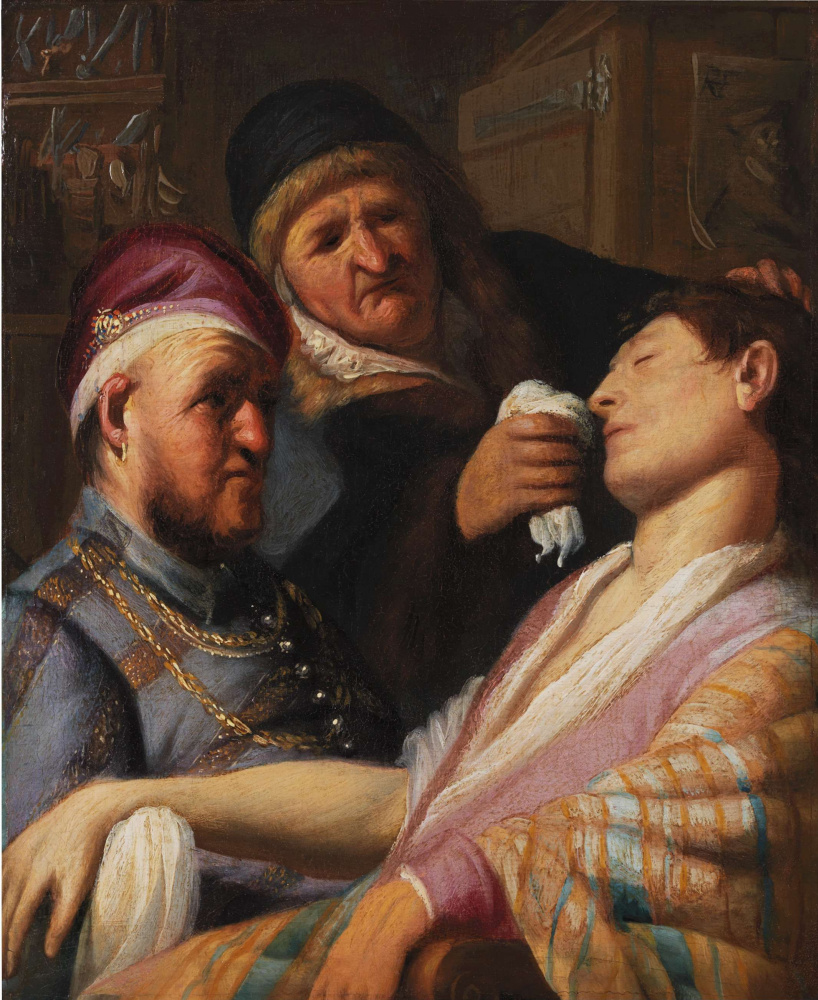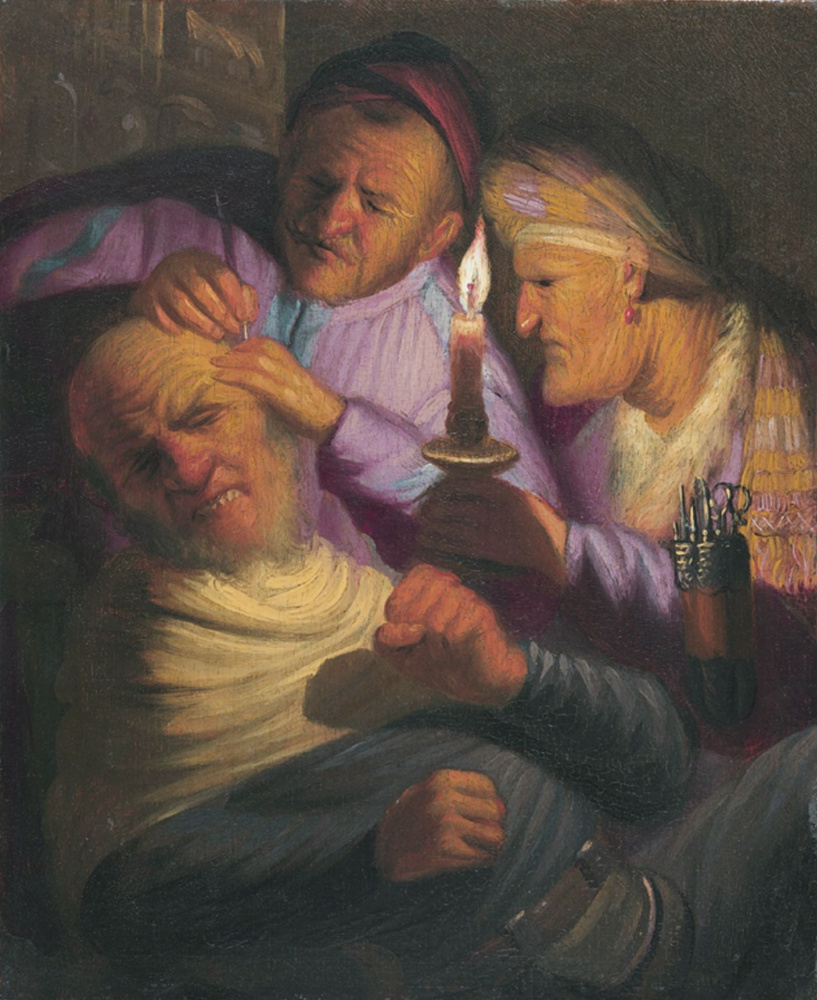The four earliest paintings of Rembrandt van Rijn being reunited just a year ago, now are displayed at Ashmolean Museum, Oxford, UK. Pince-nez is for the blind to see; unsteady voices, for the audience to hear; smelling salts, for the fainted to smell; stone removal operation, for the fool to sense a touch. What did Rembrandt spare for us on his "Allegory of Taste"?
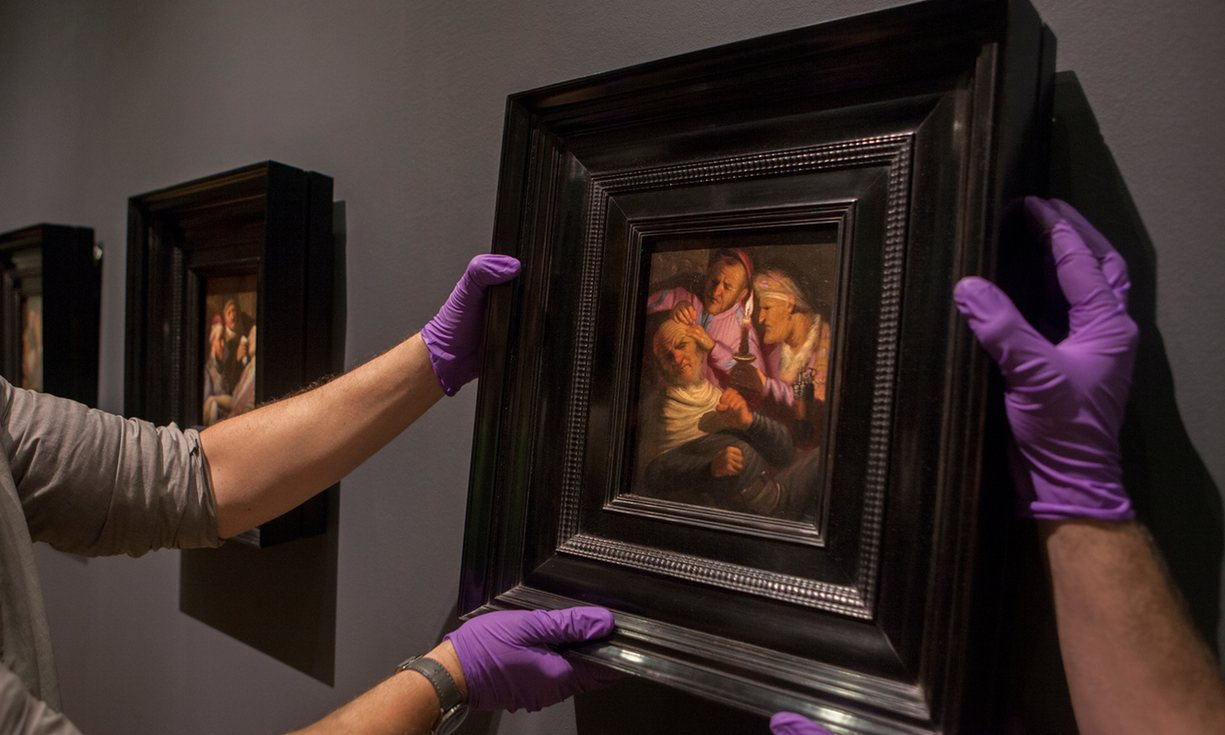
"It is the first time these paintings will ever be on show together so it is an amazing thing," said the gallery’s curator of northern European art, An Van Camp, at "The Senses" opening.

The display is all the more remarkable because one of the paintings, "Allegory of Smell", was rediscovered only in 2015, from some attic in New Jersey, USA. First sold as a minor 19th-century painting for $ 500- $ 800, it was then recognized by the keen-eyed European auction houses as Rembrandt’s and bought for $ 870,000. The sum for which it was purchased by Thomas Kaplan, a private collector of the art from the Dutch golden age, was not disclosed, but the painting finally reached Leiden Collection where the rest of The Senses has already been gathered. The fifth in the series, "Allegory of Taste", is still missing.
It was a trendy thing back in 17th century to paint series of allegories. Although, the depicted varied greatly. In Flanders, Peter Paul Rubens, helped by other famous artist Jan Bruegel the Elder, made large-size canvas showing naked Venus with Amur surrounded by figures and objects in a luxurious interior or on a picturesque landscape
.
In the Low Lands, on the contrary, Rembrandt created small but much more emotionally vivid and keen paintings on the same theme. His simple genre scenes actually contain a double meaning that creates much more sense than it seems at first.
Painted in 1624−25, when the artist was just 18 years old, the four small panels, each no bigger than A4, now are of a great interest to us for they show how the young hand of the Old Master grasped the essence of the Sense and creatively demonstrated personification of his idea.
Painted in 1624−25, when the artist was just 18 years old, the four small panels, each no bigger than A4, now are of a great interest to us for they show how the young hand of the Old Master grasped the essence of the Sense and creatively demonstrated personification of his idea.
The Allegory of Sight
Rembrandt van Rijn, The Pedlar selling Spectacles, as an Allegory of Sight, 1624−25.
The painting depicts the moment when a peddler carries his goods in a suitcase through a market place and proposes pince-nez for the elderly couple. An old squinting woman tries it on her nose, and an old wrinkled man chooses the other one to try on, too. Everything would have seemed appropriate if not considering almost complete blindness of the elderly. Alas, glasses would hardly help them.
There is no doubt that Rembrandt hid the satire in this composition,
as in Dutch 'selling someone glasses' also means 'deceiving someone'.
as in Dutch 'selling someone glasses' also means 'deceiving someone'.
Just look at the big glistening pedlar’s money pouch in the light accent right in the foreground of the picture. It’s not an accidental positioning, not at all! Rembrandt presents the Sight as a vital function of a person. And without it, we run the risk of being cheated.
The Allegory of Hearing
Rembrandt van Rijn, The Three Musicians, as an Allegory of Hearing, 1624−25.
We see a chamber family choir singing music in a candle light. Considering the time and place, it is a religious music that they are reading. The family is closely tied and very much involved into singing. But, hand on heart, can their singing be harmonious if we could actually hear what they are singing? Unsteady voices of the elderly and a young voice of the teenager do not match quite well, do they? Seeing does not tie with hearing sometimes.
The Allegory of Smell
Rembrandt van Rijn, The Unconscious Patient, as an Allegory of Smell, 1624−25.
Rembrandt actually showed in here how our smelling can return consciousness. Smelling salts wrapped in a handkerchief should revive a young man who has just fainted. The bearded man dressed up mockingly in expensive clothes and the wrinkled woman stretching out the knot are two quacks who have just treated their patient by a common cure — bloodletting. Instruments that hang on the back wall suggest that they are in a barber-surgeon cabinet. Judging by the clothes, practice brings them a good income, but, as we see, not a proper treatment to their patient.
The Allegory of Touch
Rembrandt van Rijn, The Stone Operation as an Allegory of Touch, 1624−25.
The most emotionally expressive painting of the four, it shows us the touch at it utmost impact, when it hurts. It is the moment when a barber-surgeon tries to get a stone out of the head of a patient. Chilling details of this operation are shown with the utmost expression: patient, cringing with pain and clenching his fists as the scalpel is inserted into his scalp, candle as the sole light source in the room, craggy surgeon’s assistant with a bundle of surgical instruments clipped onto his sleeve. Why do they do this? Such operations were often performed by quacks to relieve desperate patients from their headaches.
Rembrandt again put a double meaning in the scene as in Dutch 'cutting out a stone' could mean 'fooling someone'.
The Allegory of Taste?

As The Allegory of Taste is still missing, the Ashmolean Museum displays an empty frame on a wall now.
Ashmolean Museum invites people to describe, draw, paint or Photoshop what they think the painting might look like. The submissions can be tweeted using the hashtag #MissingRembrandt.
Art historians do not leave hope that the canvas will be found to complete the whole series of The Senses and fill in TheRembrandtDatabase. In hunt for it, the neutron-activation autoradiography performed by Gemäldegalerie in Berlin will help a lot. Using this technique, paintings are temporarily made radioactive in a nuclear reactor so that individual elements in the paint layers become visible. It helps not only to understand painting technique of an artist but also to see if other layers were put over the image.
Sources: the Telegraph, the Guardian, Codart, Rembrandt Database, Ashmolean Museum. Photograph: Tom Pilston/the Guardian






